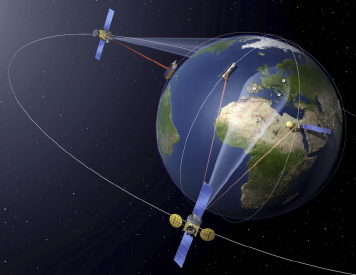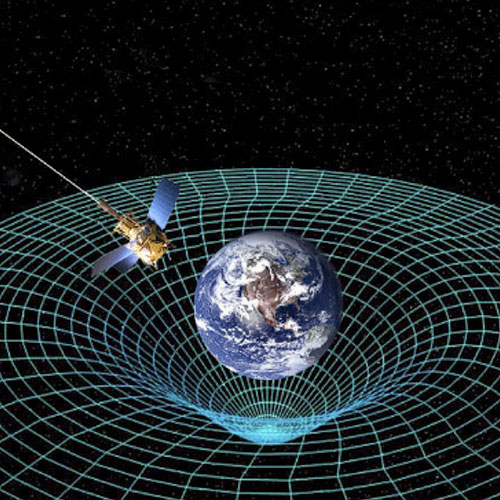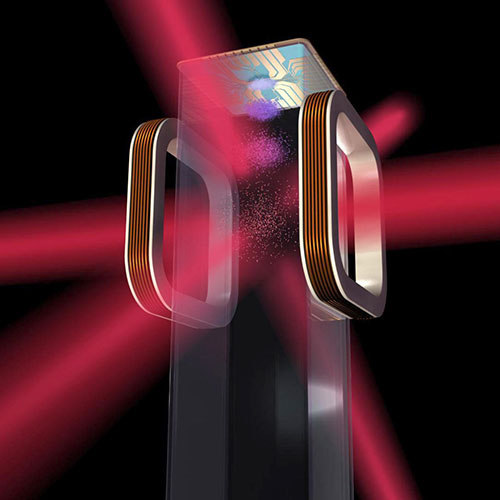Quantum sensors and communications form a wide class of instruments and technologies whose performance is not limited by the boundaries of classical physics. Such instruments are capable of ultrasensitive measurements, while quantum communications provide for unparalleled security, data rates, and efficiency. Implementing these technologies allows for testing of fundamental physics with unprecedented precision and provides for new capabilities in space communications, navigation, in-situ measurements, and astrophysics observations.

Quantum Communications
Optical communication links are indispensable to future space missions. The quantum mechanical nature of light waves can be explored to achieve ultimate capacity. Quantum key distribution can provide unconditionally secure cryptographic communication channels. This technology employs dedicated communication satellites to establish space-space, ground-ground, or space-ground crypto channels to ensure the safety and reliability of spacecraft command and control.

Quantum Measurements and Remote Sensing
Light wave–based interferometric measurement, imaging, and sensing capabilities can be greatly enhanced by novel measurement techniques that take into account the quantum nature of electromagnetic radiation. Quantum schemes of squeezed lights, entangled photon sources, and weak value principles can help achieve measurement precisions not obtainable with classical methods. Long-distance quantum licks can also explore fundamental quantum effects under gravity.

Atomic Quantum Sensors
Sensors are based on atomic clocks and atom-wave interferometry with trapping and laser-manipulation of atoms. The intrinsic atomic properties and quantum interference measurements provide new highprecision measurement capabilities for space position, navigation, and timing (PNT), as well as for gravity science and direct detections of dark matter, dark energy, and gravitational waves.